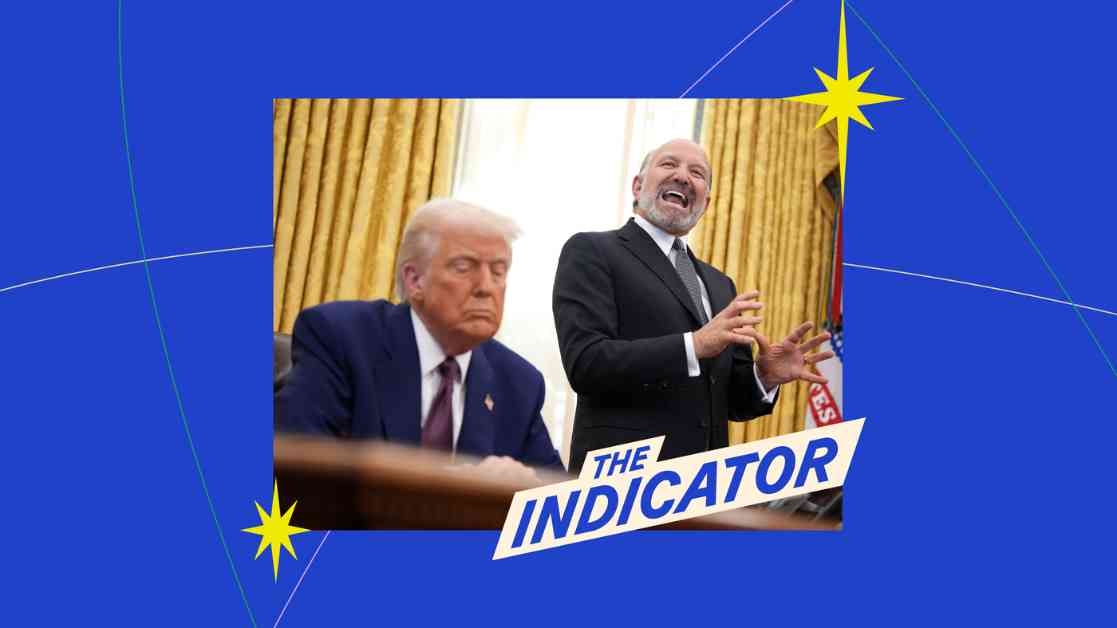The Trump administration has sparked a contentious debate by proposing to exclude government spending from the calculation of the country’s Gross Domestic Product (GDP). This move has raised eyebrows and fueled speculation about the potential implications of such a decision. In this in-depth analysis, we delve into the significance of government spending in the U.S. GDP, explore the rationale behind the administration’s stance, and examine the possible outcomes of this proposed change.
Understanding the Role of Government Spending in GDP
At the core of the GDP calculation lies the concept of measuring the total value of goods and services produced within a country’s borders. Government spending is a critical component of this equation, encompassing expenditures on public goods and services, such as infrastructure, defense, education, and healthcare. By including government spending in GDP, economists aim to capture the full extent of economic activity in a nation, reflecting the impact of public sector investments on the overall economy.
To illustrate this point, consider a scenario where the government invests in building a new highway. This infrastructure project not only creates jobs and stimulates economic growth in the short term but also enhances transportation efficiency, reduces logistics costs for businesses, and boosts productivity in the long run. Such public investments contribute to the expansion of the economy and generate positive spillover effects across various sectors, underscoring the interconnectedness of government spending with GDP.
Analyzing the Implications of Excluding Government Spending from GDP
The proposal to remove government spending from GDP calculation raises significant questions about the validity and completeness of economic indicators. Critics argue that isolating government spending distorts the true picture of economic performance by overlooking the essential role of public sector investments in driving growth and development. Moreover, excluding government spending could mask the impact of fiscal policies on the economy, hindering policymakers’ ability to assess the effectiveness of stimulus measures and budget allocations.
Furthermore, the potential exclusion of government spending from GDP may have far-reaching consequences for key stakeholders, including businesses, investors, and policymakers. Without an accurate reflection of the government’s economic contributions, decision-makers may face challenges in formulating sound policies, allocating resources efficiently, and gauging the overall health of the economy. This lack of comprehensive data could lead to misguided strategies, economic miscalculations, and uncertainty in financial markets, posing risks to both public and private sectors.
In conclusion, the debate over removing government spending from GDP calculation underscores the intricate relationship between public investments and economic indicators. While the Trump administration’s proposal has ignited discussions on the methodology of GDP measurement, it also highlights the importance of considering the broader implications of such changes on economic analysis and policy formulation. As stakeholders navigate these complex issues, maintaining a holistic view of government spending’s impact on GDP remains crucial for fostering informed decision-making and sustaining long-term economic prosperity.



















